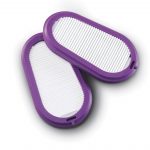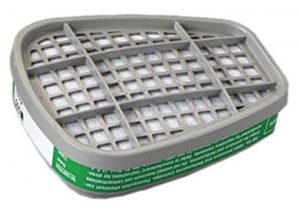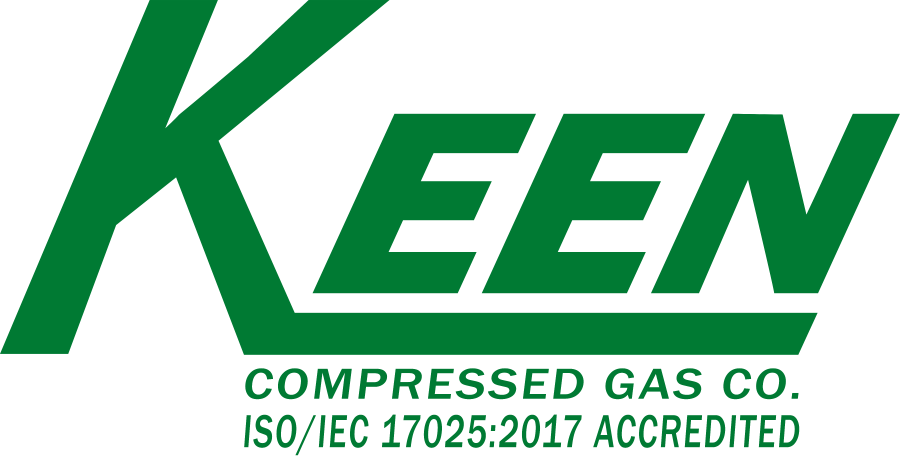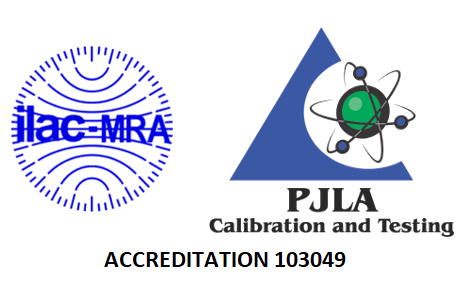Filters and Cartridges for Safety
Respirators are a safety measure, and sometimes a requirement for several industries and jobs. They protect in a couple ways, but mostly by filtering out contaminants in the air including chemicals and gases. Respirators aid in providing a safe and healthy work environment.
Particulate Filters
Particulate filters only capture aerosols such as dust, fumes and smoke, using fibers within the filter to trap the particles. Filters tend to become more efficient as they fill up with particles, but this also makes them harder to breathe through, which makes it important to replace the filter on a regular basis.
The National Institute for Occupational Safety and Health (NIOSH) classifies the following particulate filters certified under 42 CFR part 84 based on their efficiency and resistance to oil.
| Efficiency | N-Series (not resistant) |
R-Series (medium resistance) |
P-Series (high resistance) |
| 95% | N95 | R95 | P95 |
| 99% | N99 | R99 | P99 |
| 99.97% | N100 | R100 | P100 |
Filters should be replaced when it becomes difficult to breathe through, or it becomes dirty or damaged.

Gas & Vapor Cartridges
Particulate filters are not capable of removing gases and vapors. This is where cartridges come in. Gases and vapors must be removed by adsorption of activated carbon or other substance depending on the gas or vapor. “Breakthrough” occurs when the cartridges reach their capacity and the gases or vapors begin coming through the cartridge to the user. Cartridges are color coded for the type of contaminants they will capture; approved contaminants will also be listed on the cartridge label.
Replacing cartridges varies based on the contaminant, contaminant concentration, breathing rate, humidity level, temperature, and use conditions. Cartridges should be replaced in accordance to a use schedule or government regulations, or sooner if the contaminant can be detected inside the respirator by smell or taste. Also, make note of the “use by” date on the packaging of the cartridge to ensure its efficiency.
Additional factors to selecting a respirator:
- Select a respirator that is comfortable to wear to ensure use.
- Not all respirators are flame and spark resistant; select a respirator that is recommended for your use.
Contact any of our local branches for help in selecting the right respirator for your application.
Sources:
3M Personal Safety Division
The National Institute for Occupational Safety and Health (NIOSH)

